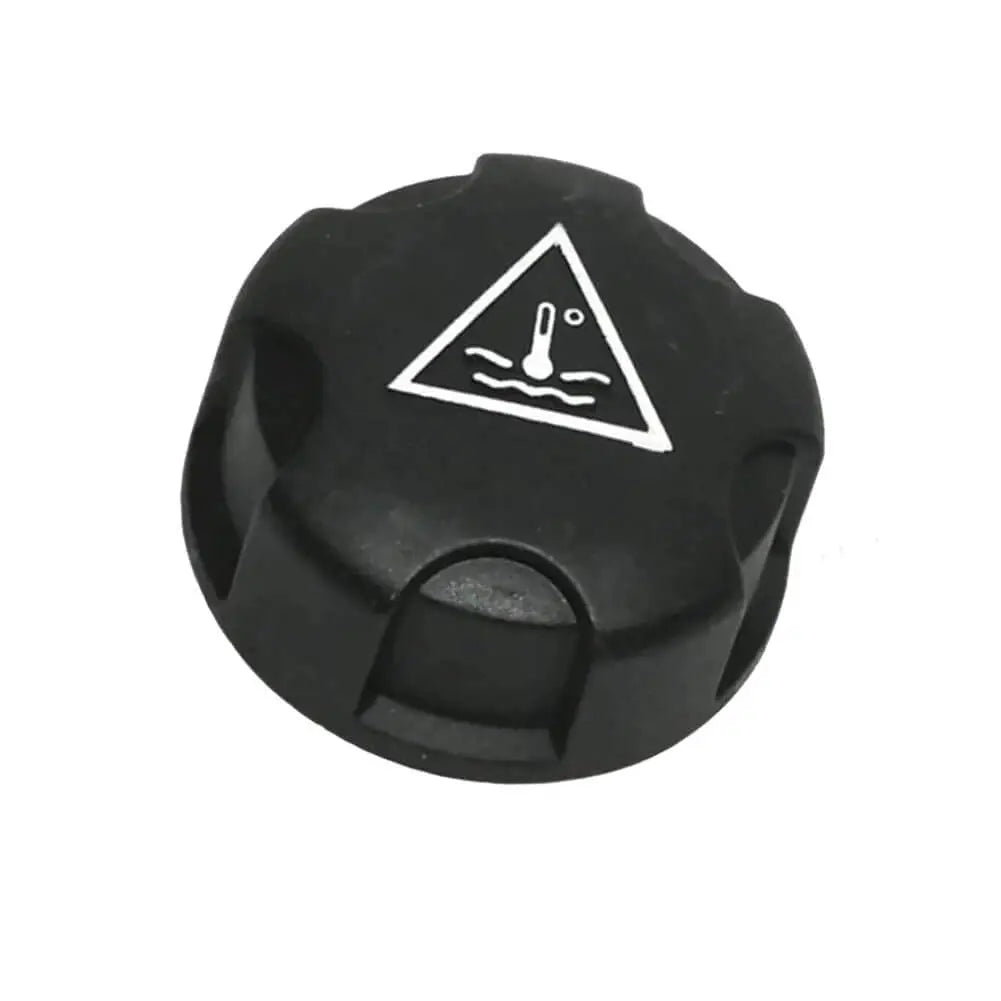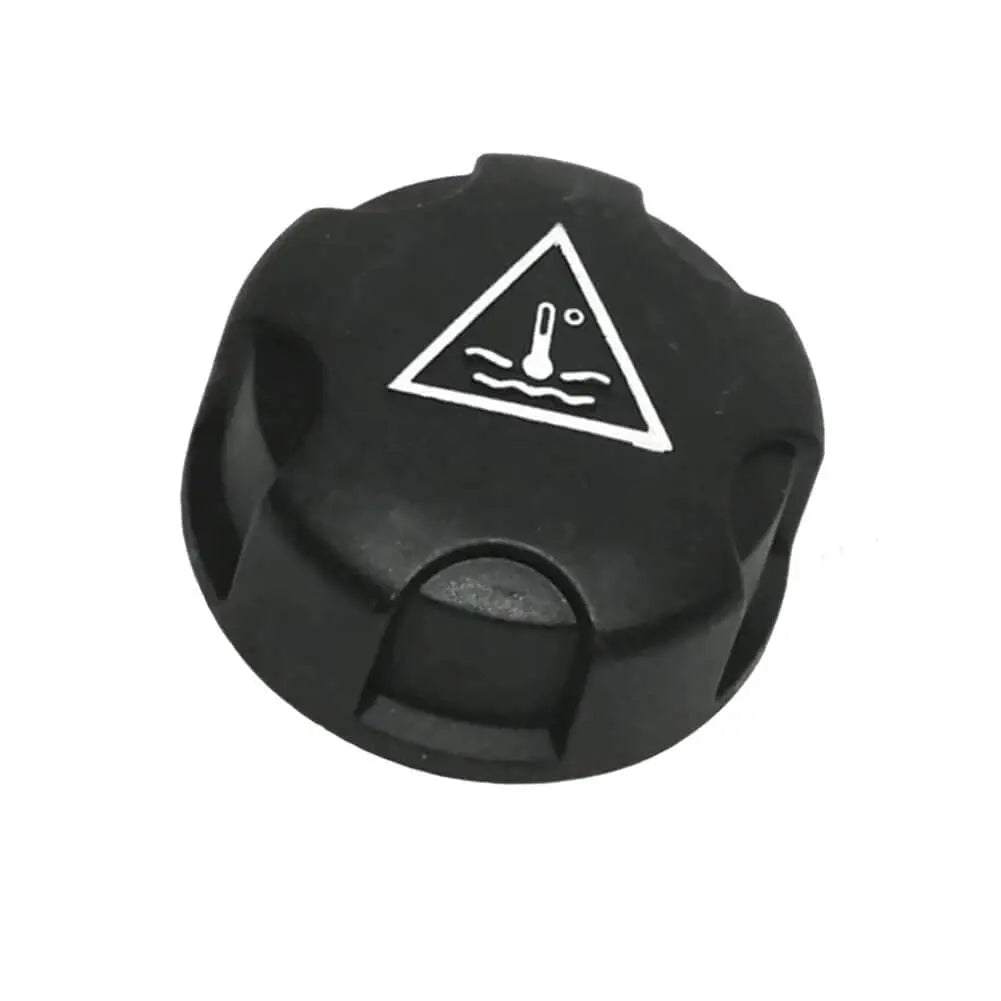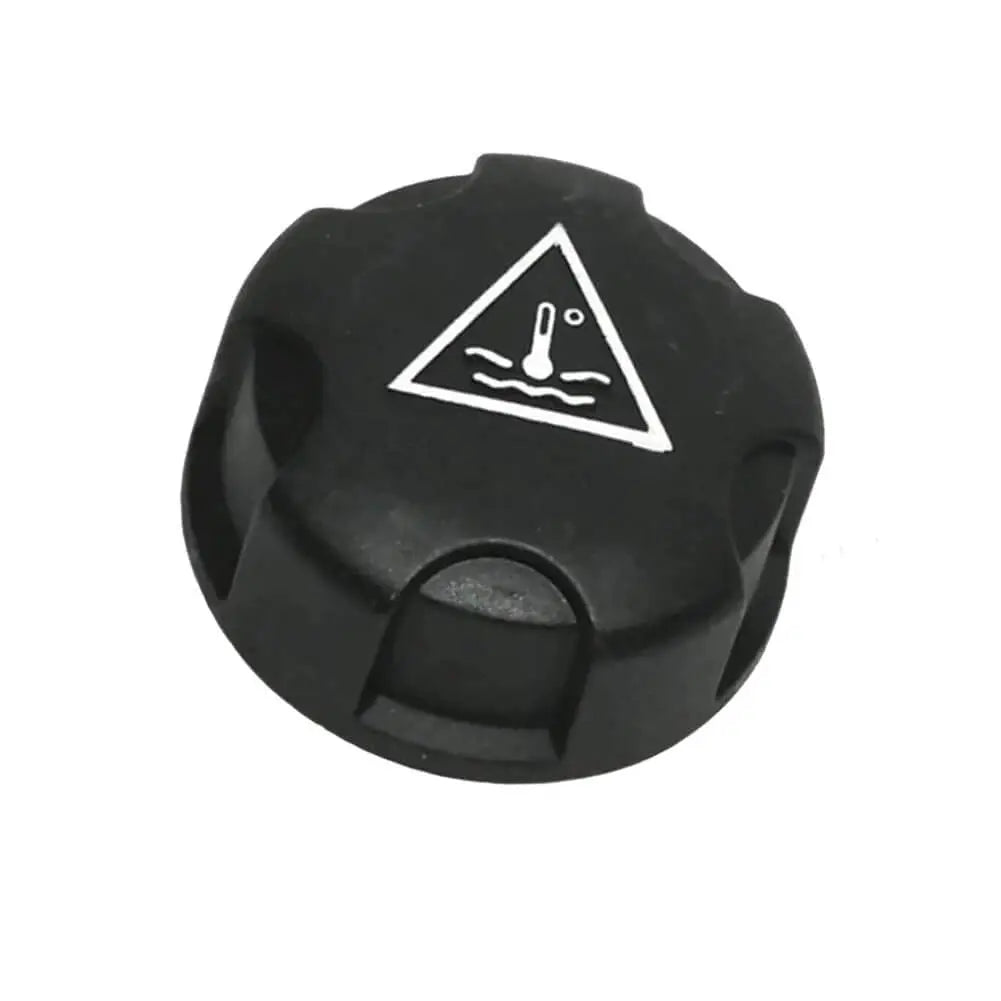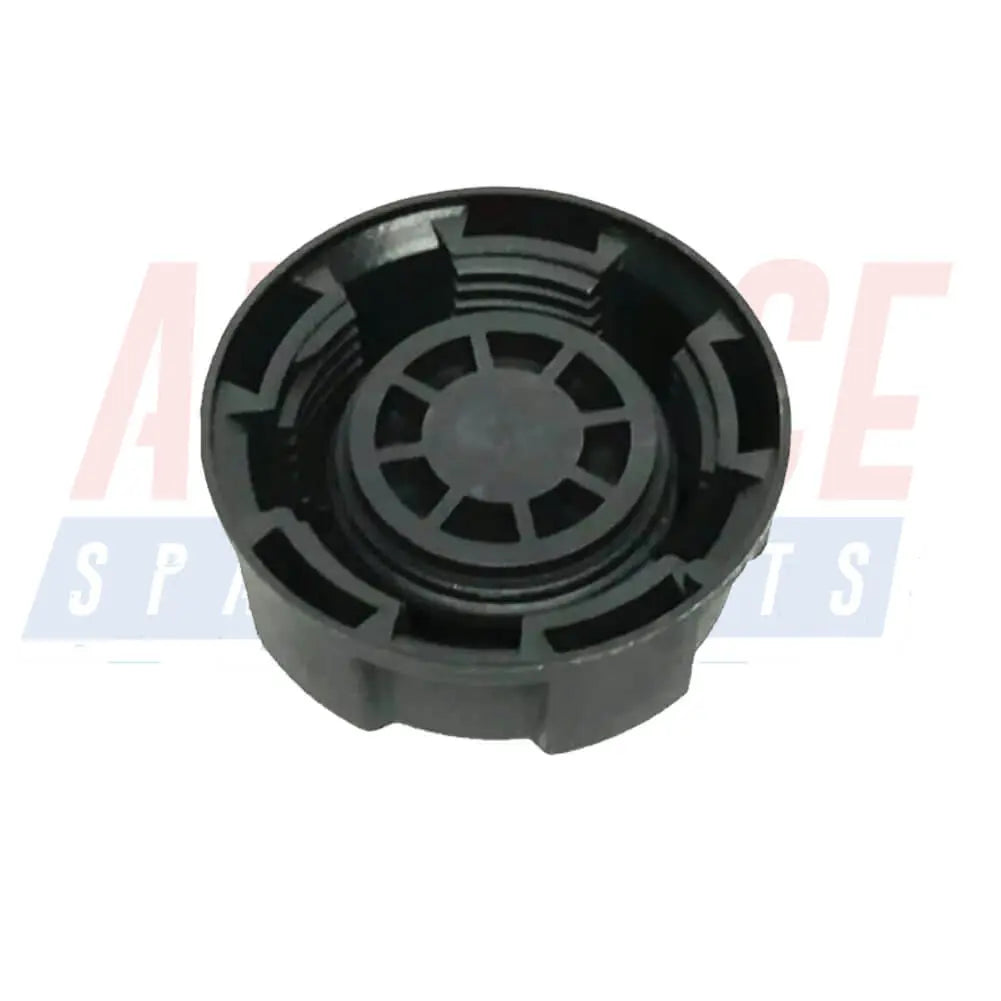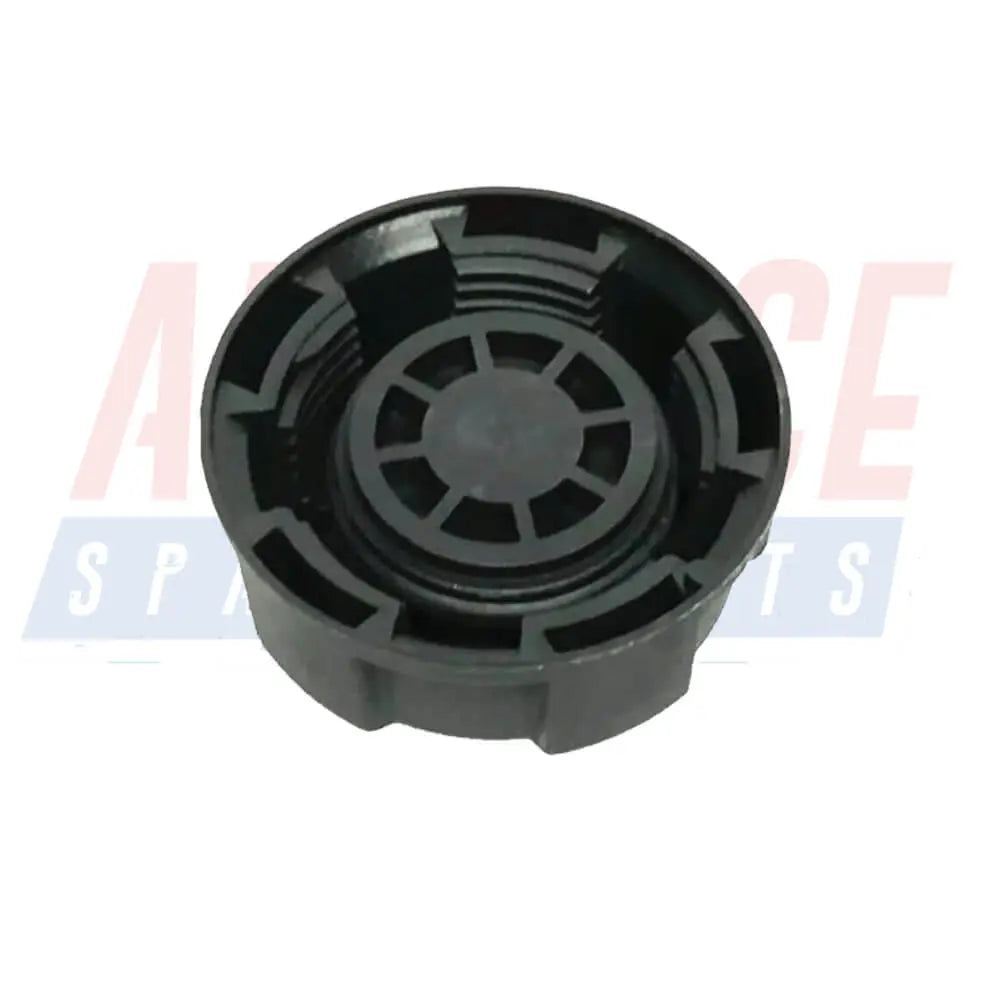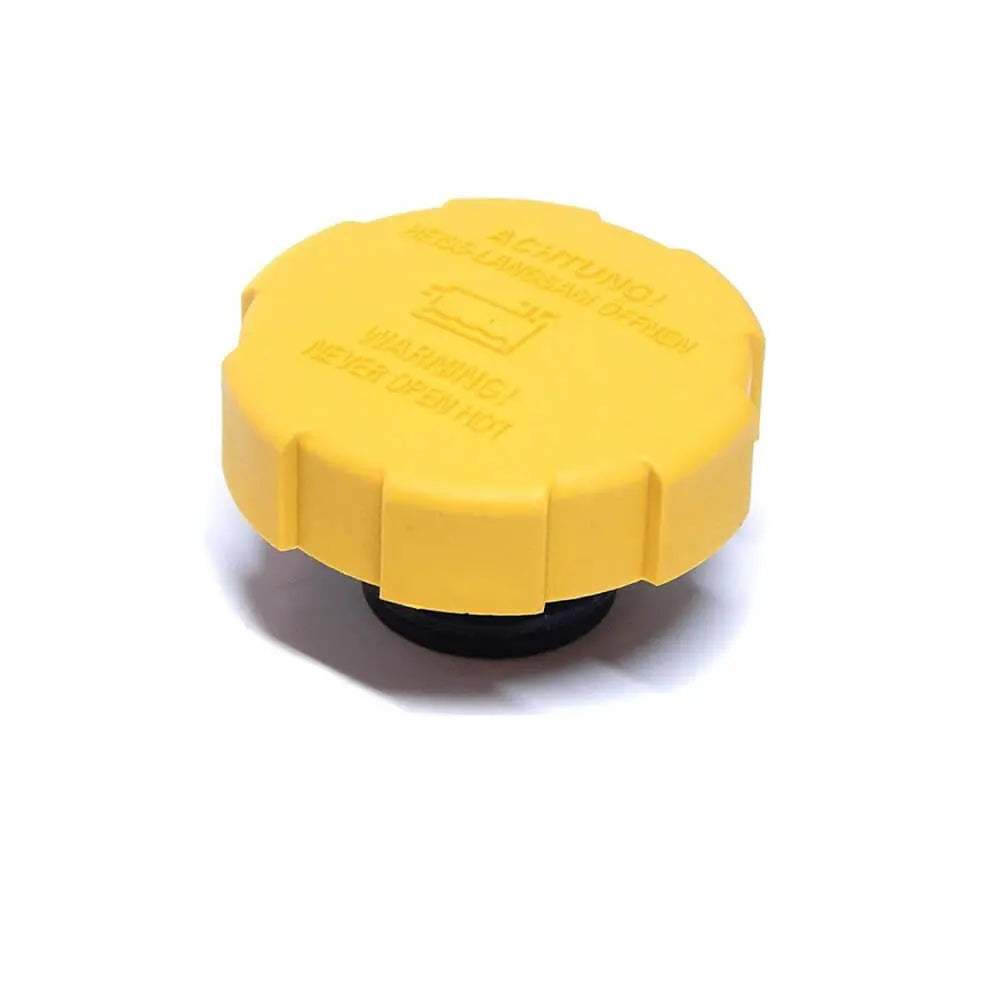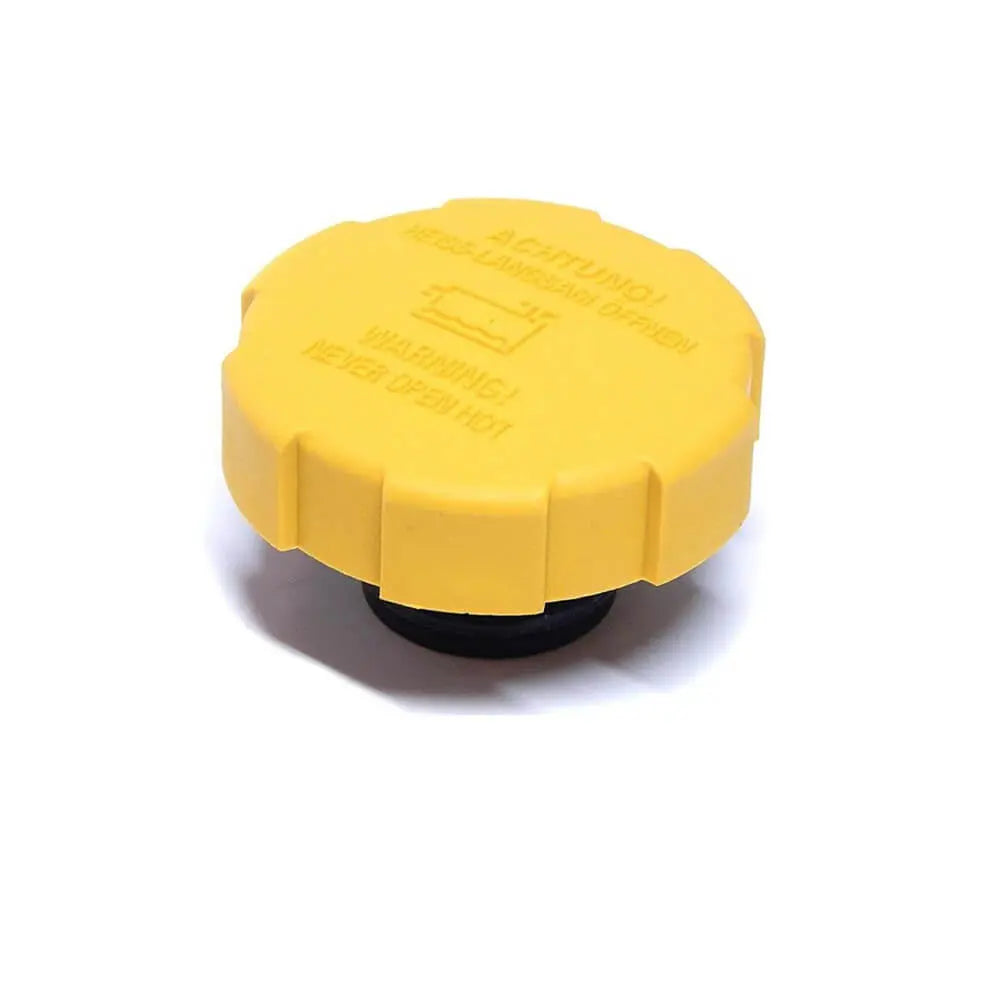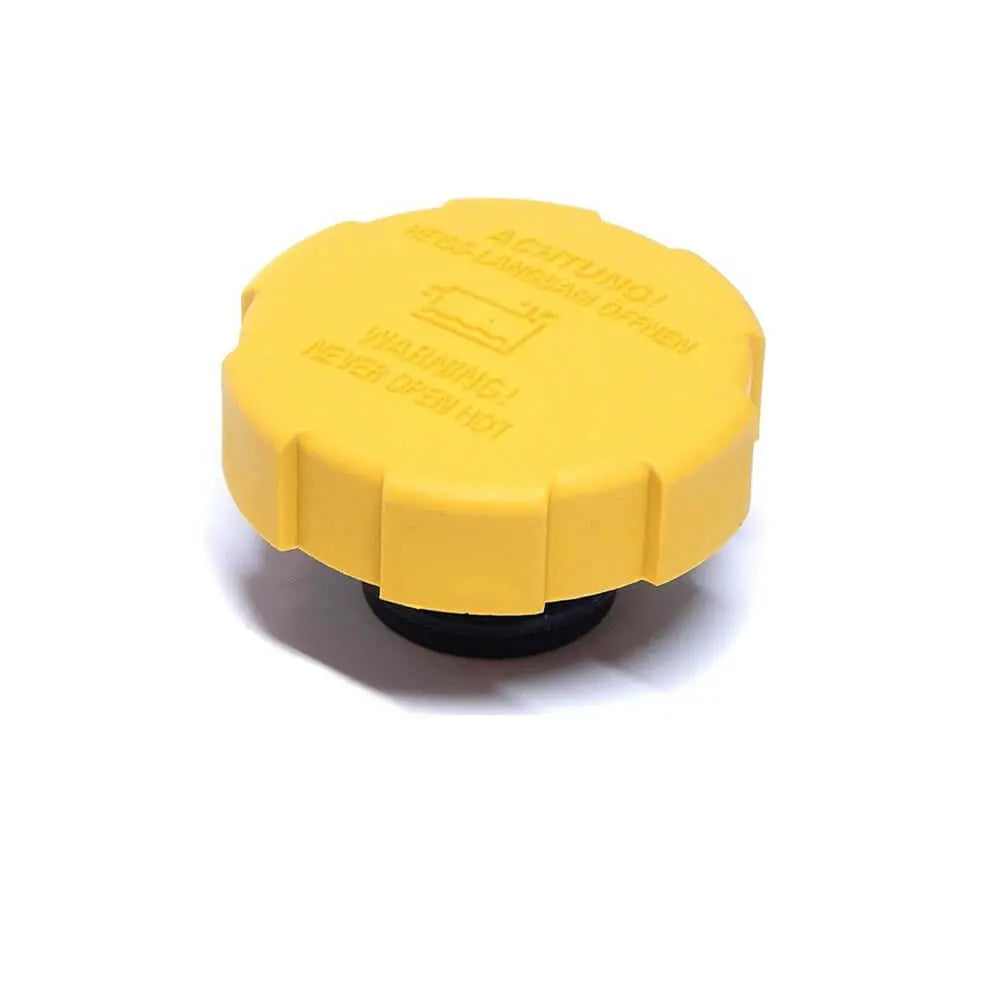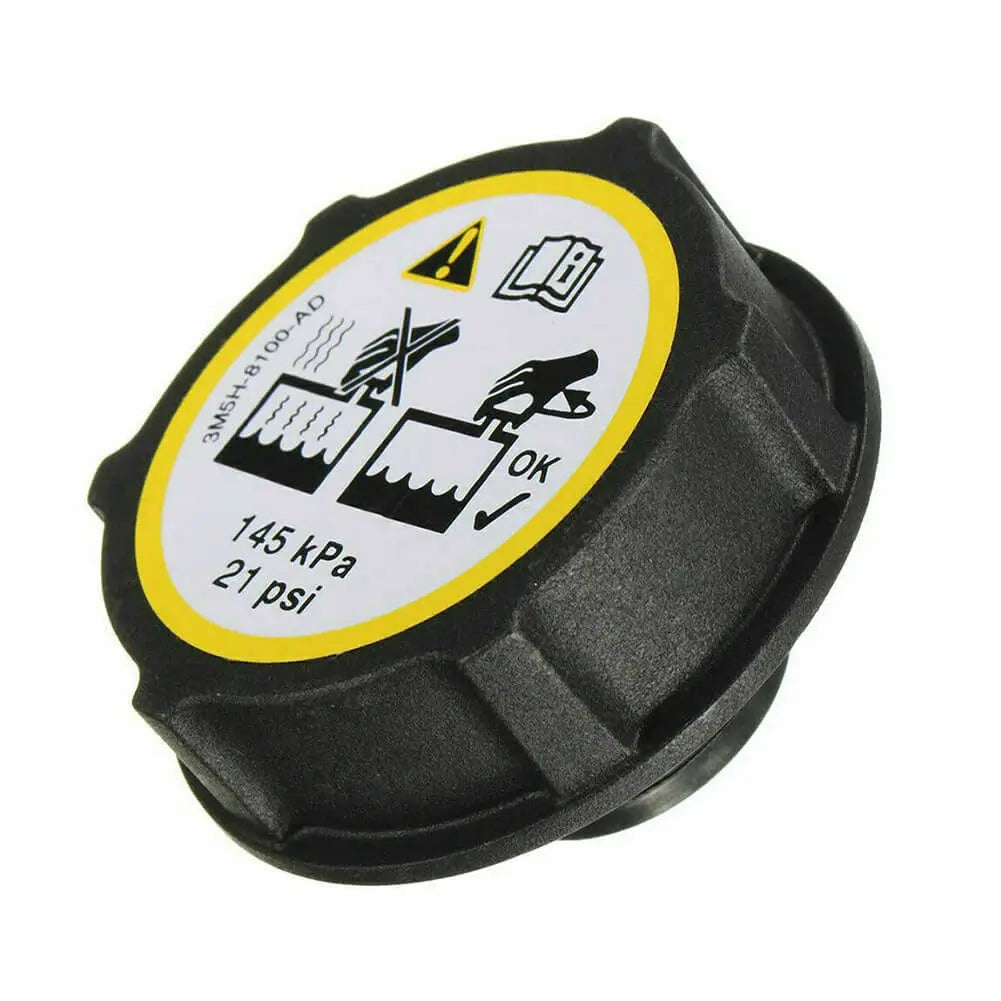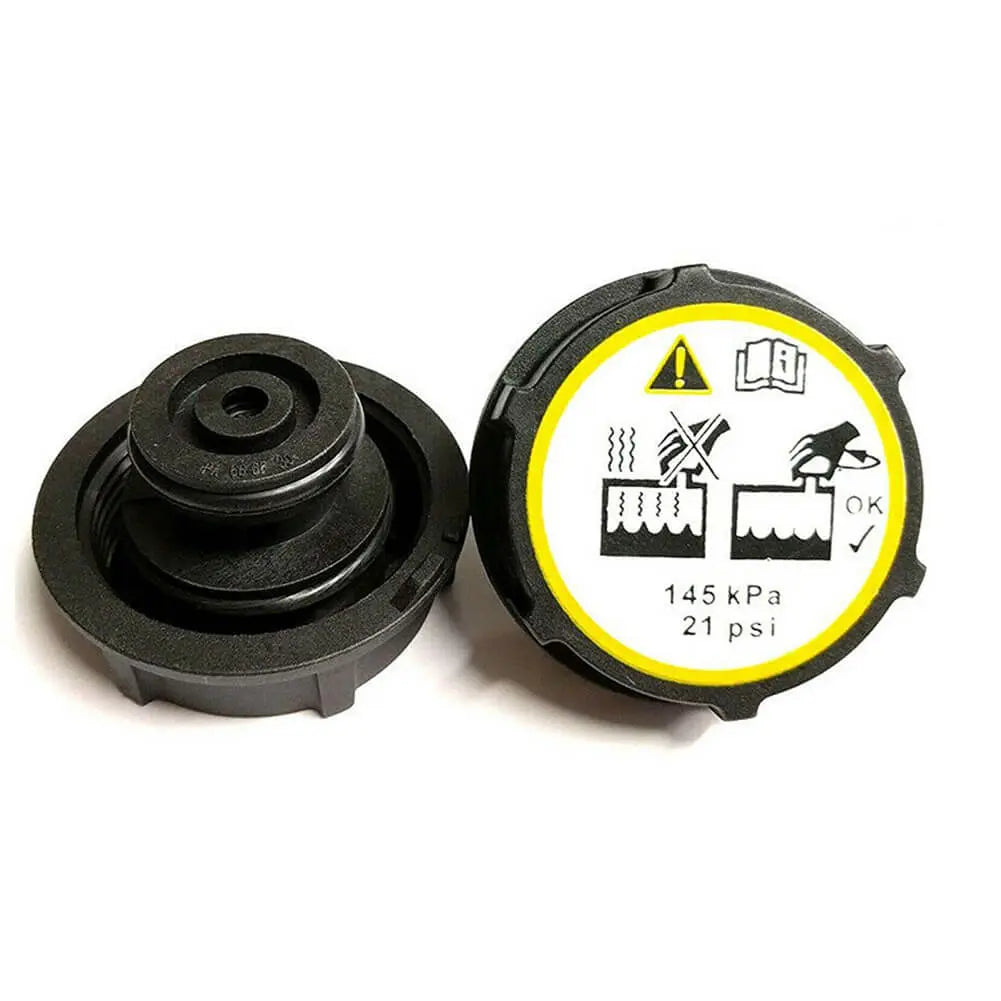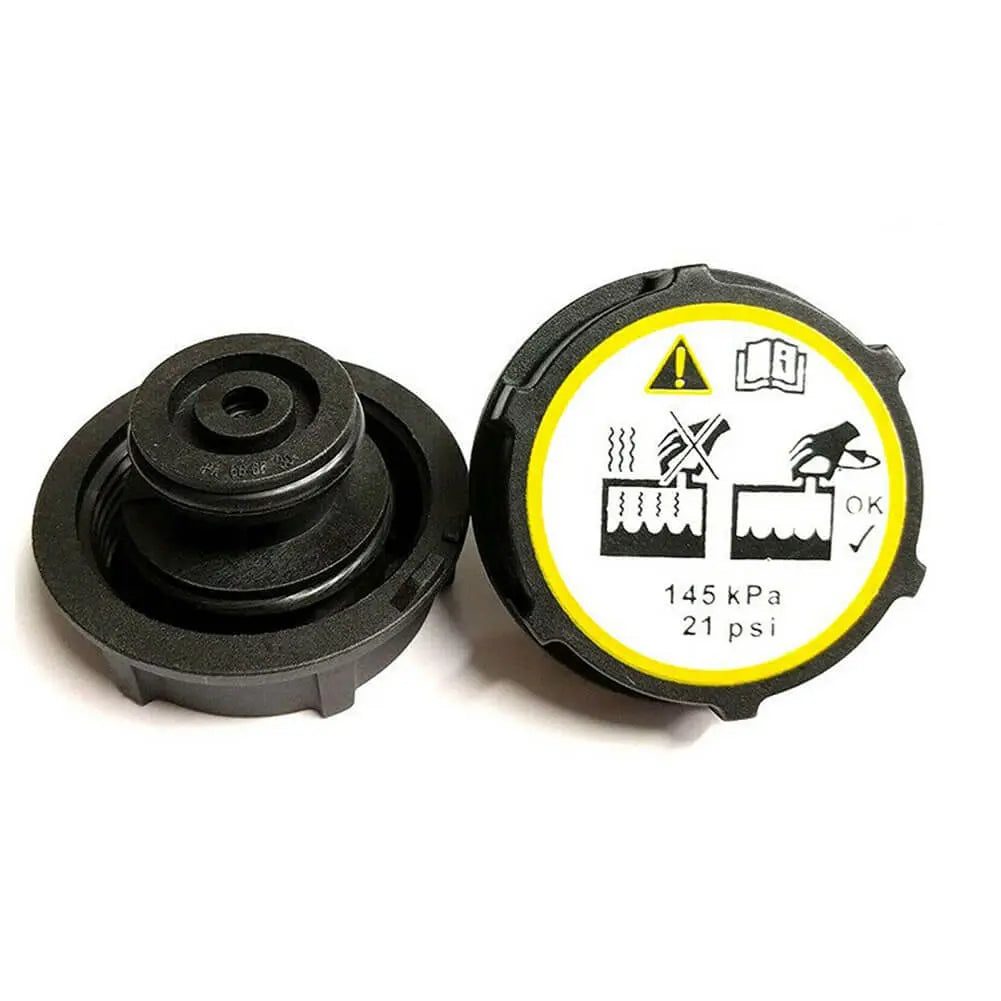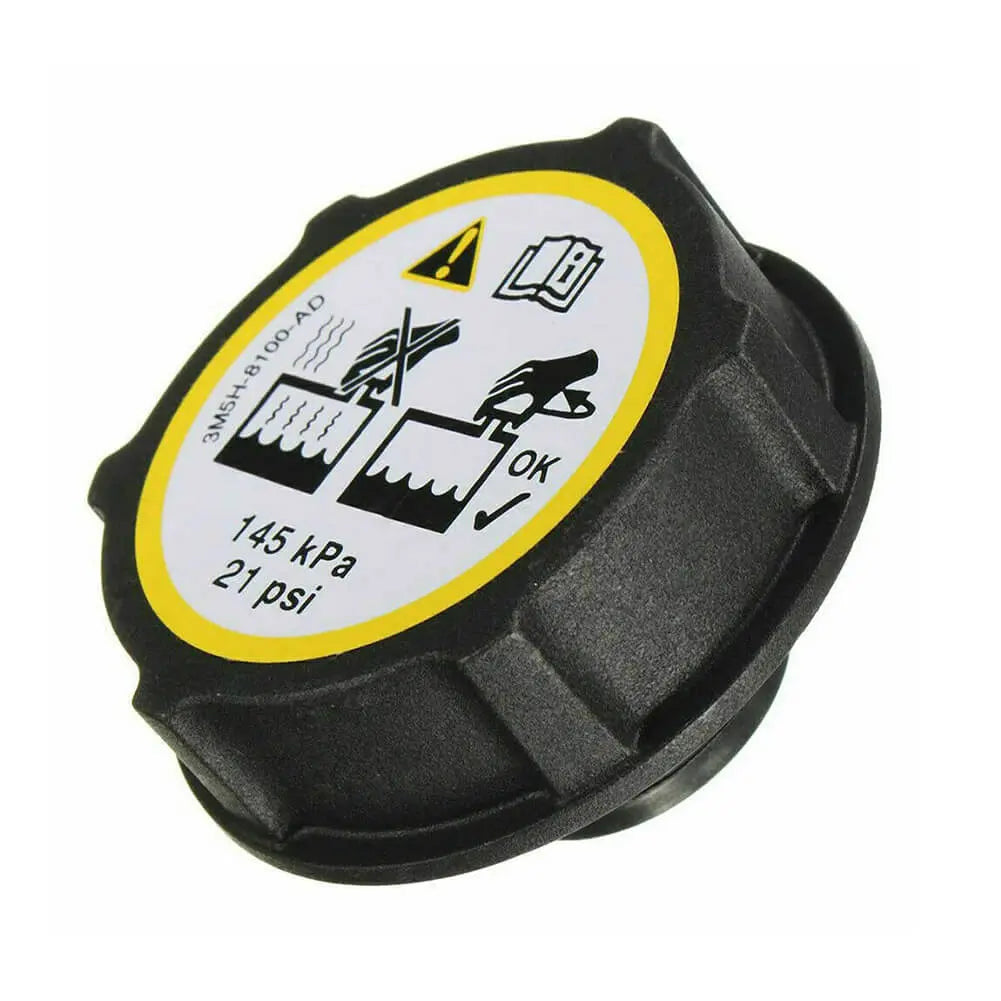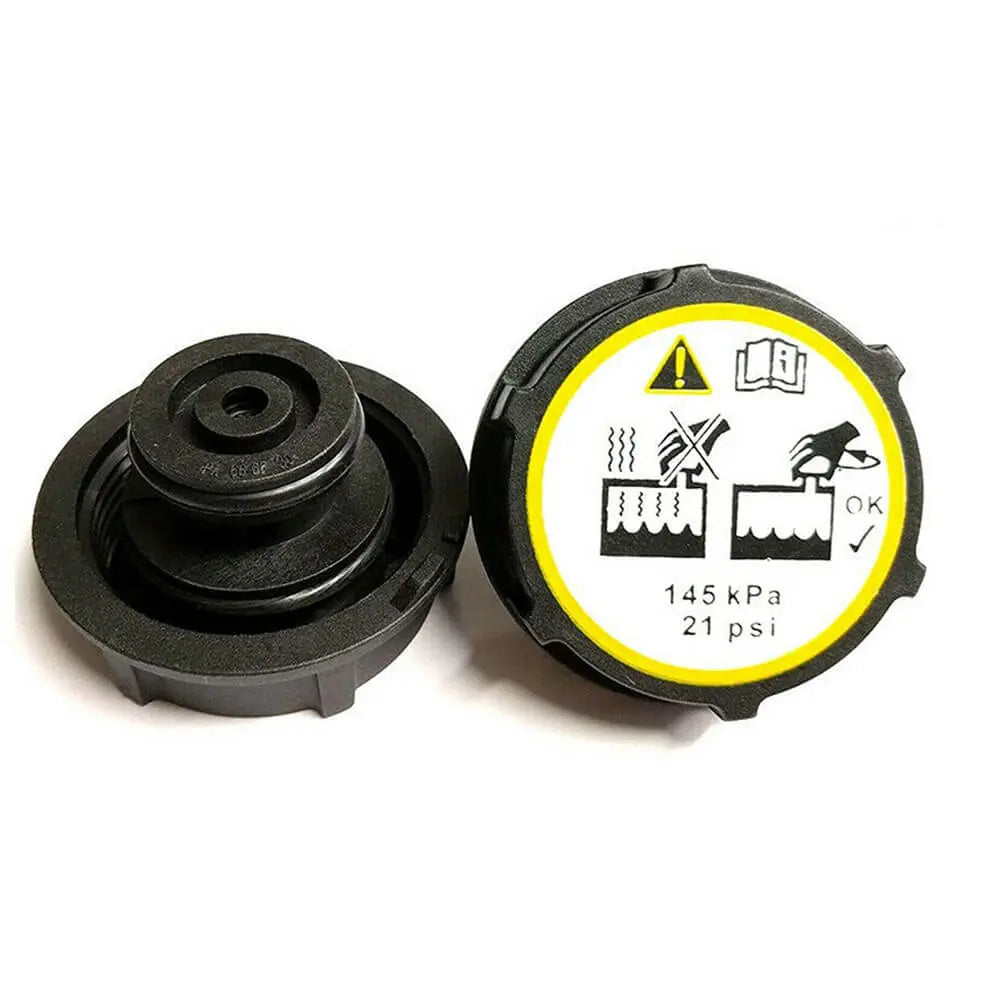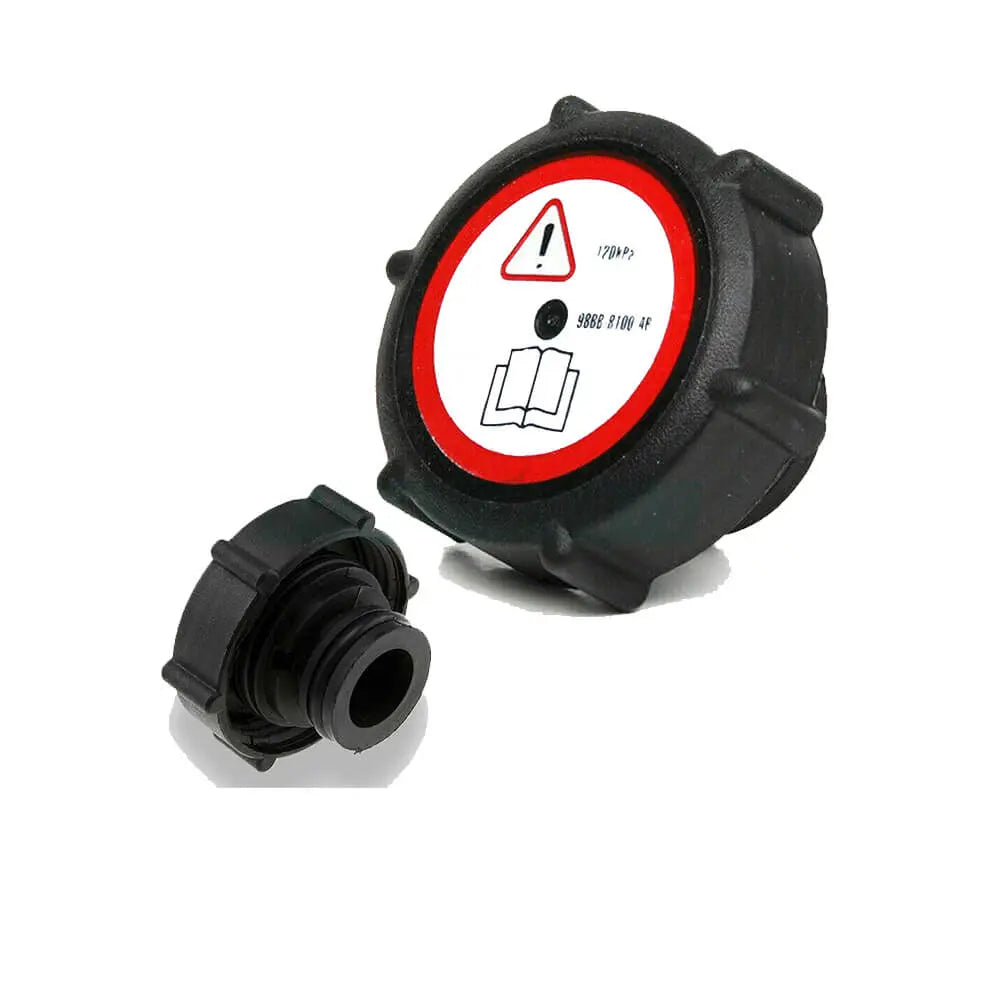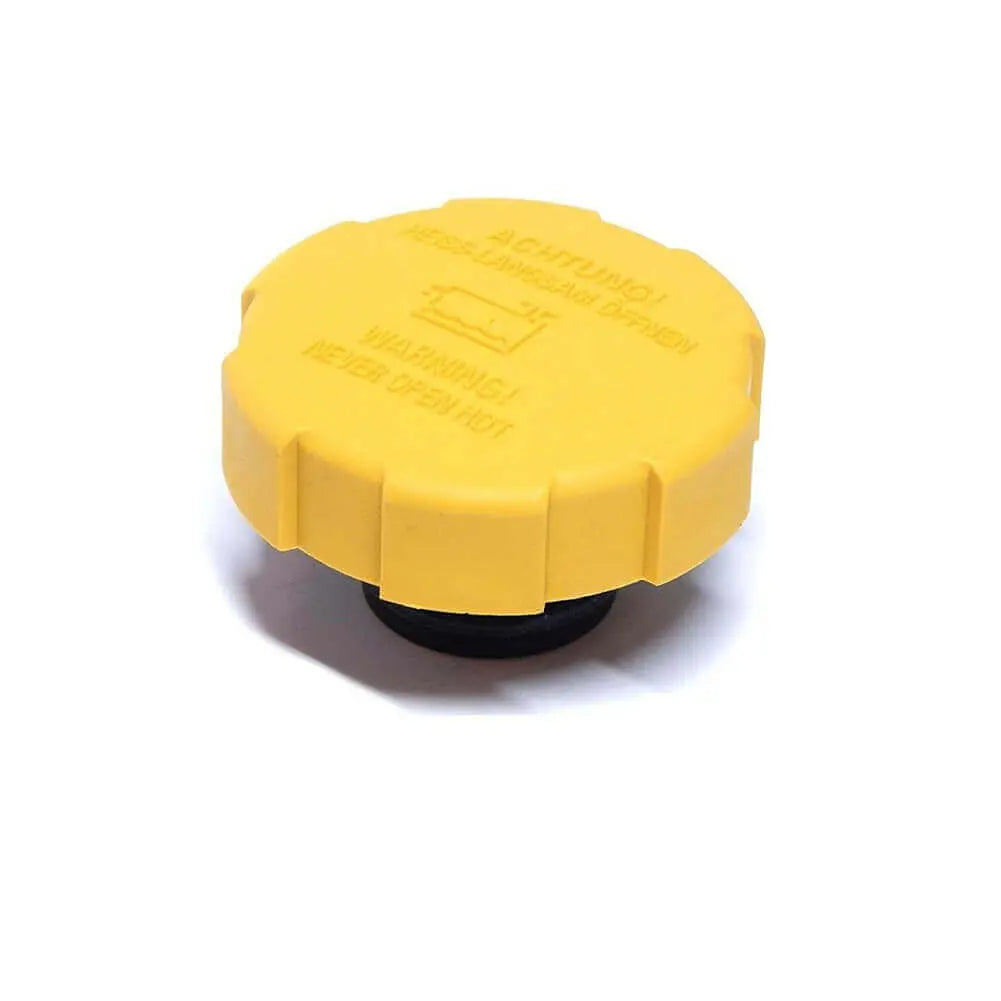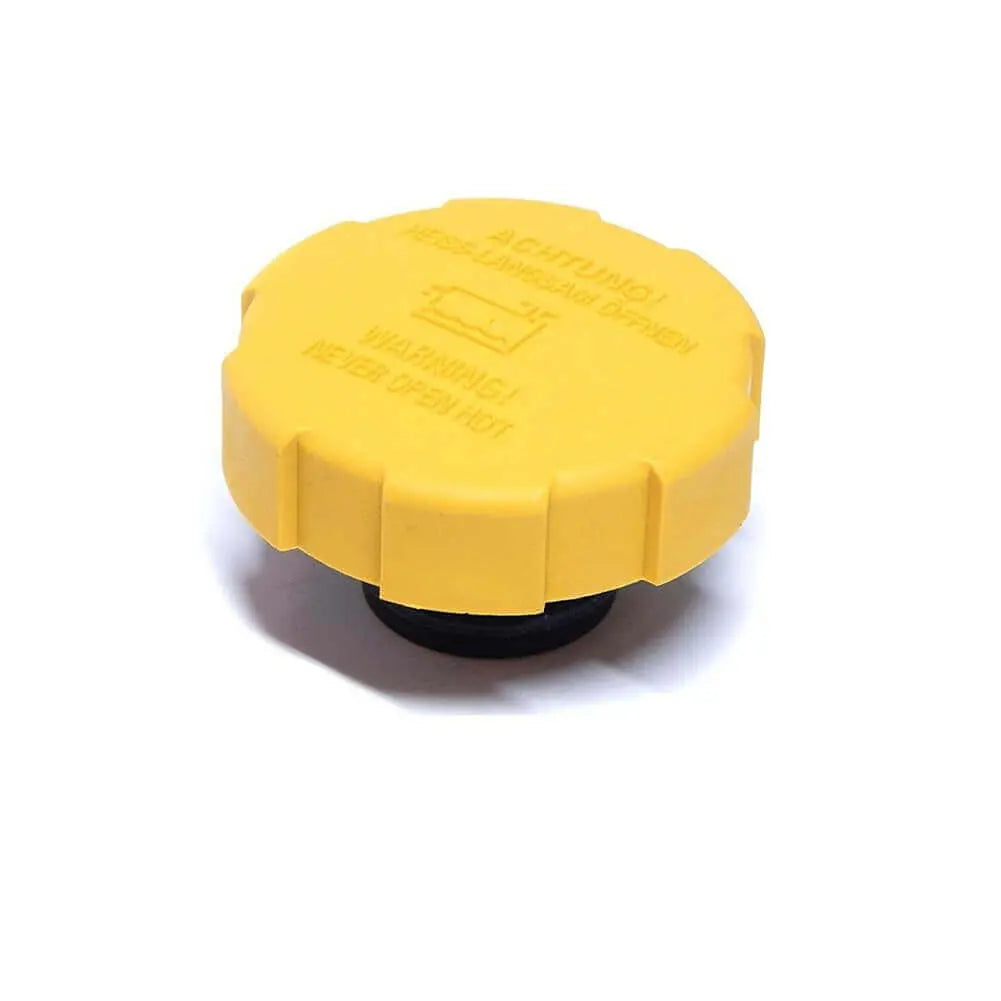Shop by Category
Expansion Tank Cap
26 products
Showing 1 - 24 of 26 products
The Essential Role of Expansion Tank Caps in Your Car's Cooling System
When it comes to the complex machinery of an automobile, the cooling system plays a critical role in maintaining optimal engine performance. Among the various components that contribute to a car's cooling system, the expansion tank cap is a small yet vital part that often goes unnoticed. In this article, we will explore the significance of expansion tank caps, their function, and the importance of regular maintenance.What is an Expansion Tank Cap?
An expansion tank cap, also known as a radiator cap, is a small but important component of a car's cooling system. It is typically located on top of the coolant reservoir or expansion tank. The cap serves as a seal, maintaining the proper pressure within the cooling system and preventing the loss of coolant due to evaporation.Function of an Expansion Tank Cap:
The primary function of an expansion tank cap is to maintain the cooling system's pressure at an optimal level. As the engine heats up, the coolant expands, creating pressure within the system. The expansion tank cap regulates this pressure by allowing excess coolant and vapor to escape into the overflow reservoir.Furthermore, the expansion tank cap acts as a safety valve. If the pressure within the cooling system exceeds a certain threshold, the cap releases excess pressure by allowing coolant to flow out into the overflow reservoir. This prevents any potential damage to the cooling system components and ensures that the engine operates within its optimal temperature range.
Pressure Rating and Types of Caps:
Expansion tank caps come in different pressure ratings, typically ranging from 7 to 16 pounds per square inch (psi). It is crucial to use the cap specified by the vehicle manufacturer to maintain the cooling system's integrity and prevent any issues related to pressure imbalances.
Regular Maintenance and Replacement:
Just like any other part of a car, expansion tank caps require regular maintenance and eventual replacement. Over time, the cap's rubber seal can degrade, leading to coolant leakage or reduced pressure regulation. It is recommended to inspect the cap periodically for signs of wear, such as cracks or a loose seal. If any damage is detected, replacing the cap with a new one is essential to maintain the cooling system's efficiency.Choosing the Right Replacement Cap:
When replacing an expansion tank cap, it is crucial to select the correct cap that matches the manufacturer's specifications. Using an incompatible or low-quality cap can lead to issues like coolant leaks, overheating, or engine damage. Consult the vehicle's manual or seek professional advice to ensure you choose the appropriate replacement cap.While often overlooked, the expansion tank cap plays a vital role in maintaining the cooling system's pressure and preventing potential damage to the engine. Regular inspection, maintenance, and timely replacement of the cap are essential for optimal cooling system performance. By giving due attention to this small yet significant component, you can contribute to your car's longevity and reliability on the road.
Showing 1 - 24 of 26 products
Display
View
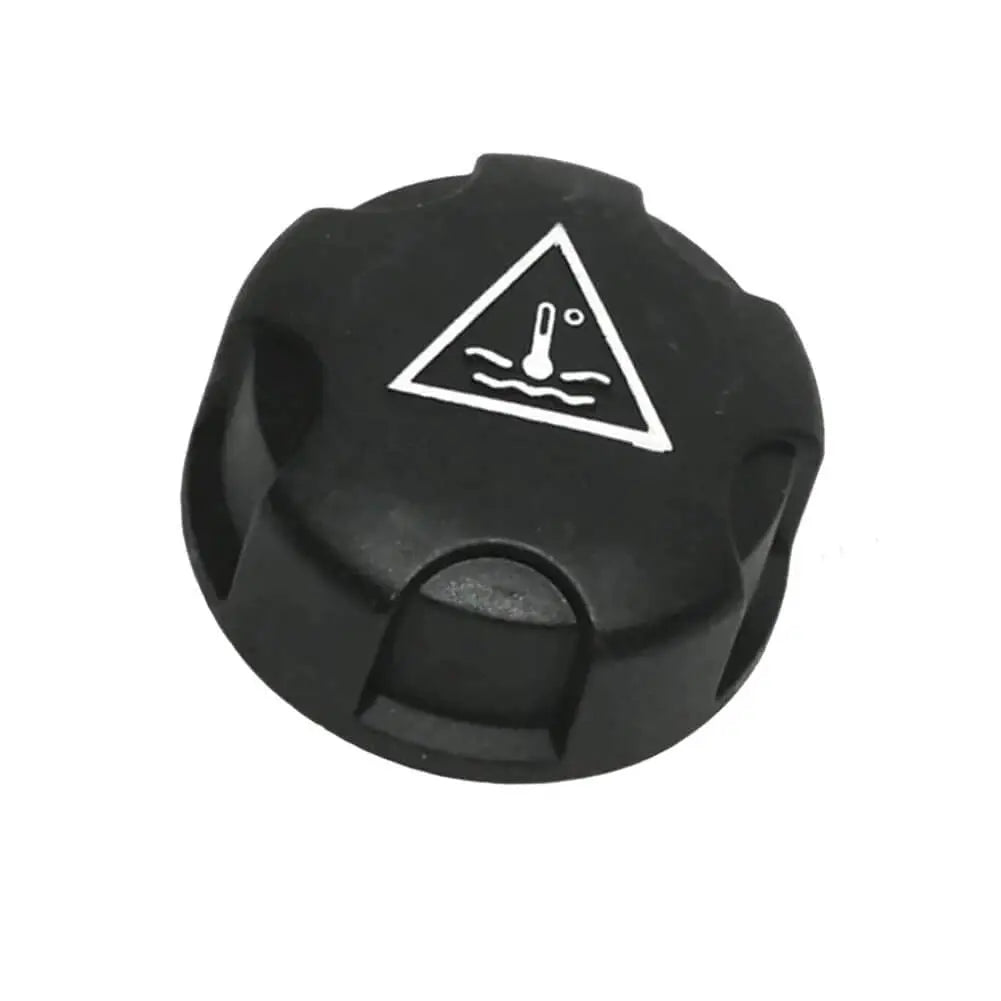
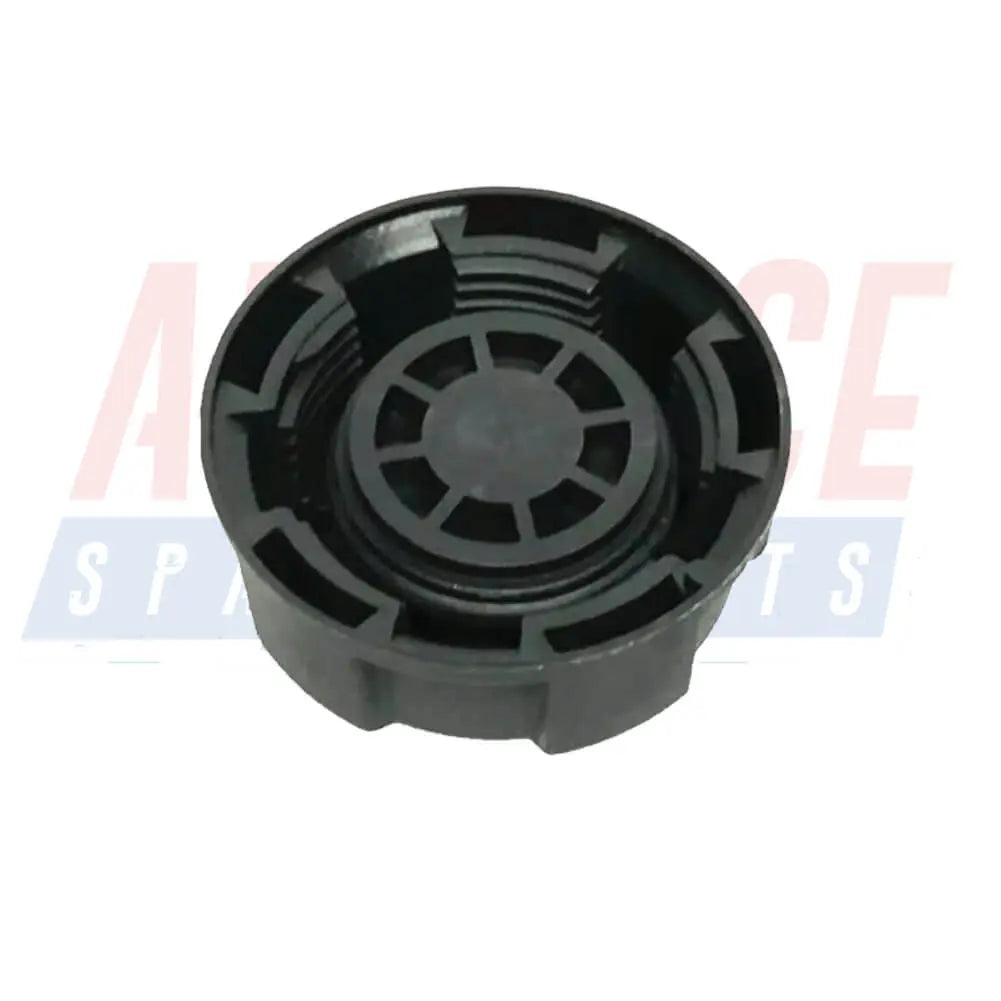
Radiator Water Tank Cap For Fiat Scudo Ulysse (1996 - Onwards) 9638001280, 1306J5
Sale price£7.89
No reviews
Sold out

Coolant Bottle Expansion Radiator Cap For Mazda 121 - 86FB8100GD, E0015355, 1E0015355A,
Sale price£7.99
No reviews
In stock
Filters (0)



